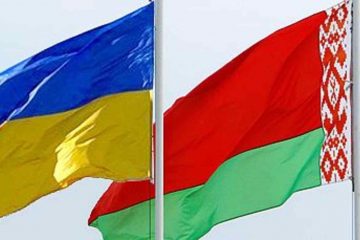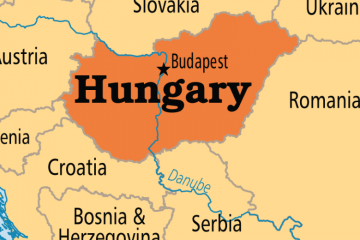China and Russia completed an eight-day joint naval exercise in the South China Sea last week, and this time the location was also the message. The two autocracies are expanding cooperation and offering each other support in their territorial disputes, a trend that could fuel instability from East Asia to Central Europe.
Days before the drill, which focused on antisubmarine warfare and what a Xinhua dispatch called “island-seizing,” Vladimir Putin and Xi Jinping held their 15th bilateral meeting on the sidelines of the G-20 summit in Hangzhou. Mr. Putin announced support for Beijing’s aggressive sovereignty claims in the South China Sea and opposition to “any third-party interference,” an unsubtle reference to the United States.
Mr. Putin’s kowtow to Beijing carries some risks. Vietnam, which angrily opposes China’s behavior, is a major buyer of Russian arms and grants Russian forces access to runways and the strategic port of Cam Ranh Bay. Mr. Putin talked up ties with Hanoi and its neighbors when he hosted a summit of Southeast Asian leaders in Sochi in May, but cozying up to Beijing sends the opposite signal.
Mr. Putin also has plenty of reason to distrust China, which undermines his influence in Central Asia, asserts itself in the Arctic and may have designs on Russia’s Far East, where some two million illegal Chinese migrants work as miners, fishermen and farmers because Russia lacks the labor to tap its natural resources. Russian trade with China has fallen below expectations in recent years, and the $400 billion, 30-year bilateral gas deal signed in 2014 is stalled over pipeline construction.
Yet Mr. Putin is tilting toward Beijing anyway. He doesn’t have a better buyer for his gas and still hopes to hit $200 billion in bilateral trade by 2020, up from $68 billion last year.
More important is what Mr. Putin said in Beijing last year: “Russia and China stick to points of view which are very close to each other or are almost the same in the international arena.” Translation: They’re big countries that want to bend smaller neighbors to their will without interference from the U.S. and its regional allies.
Thus Messrs. Putin and Xi bond over opposition to U.S. missile-defense systems in Eastern Europe, South Korea and Japan. Both countries practice versions of ambiguous warfare, with Russia using special forces and proxies to carve up Ukraine while China uses fishing and law-enforcement fleets to bully the Philippines, Japan and others at sea. Mr. Putin appeared to help Mr. Xi in this effort on the night of June 9, when Russian and Chinese warships appeared unannounced near Japan’s Senkaku Islands.
Beijing and Moscow are also playing a long game of authoritarian institution-building. They are collaborating to develop electronic payment mechanisms, credit-card systems and other financial networks that will be dollar-free and thus sanctions-proof. They both back global internet-governance schemes that would enshrine state controls. And through propaganda outlets, financial muscle and occasional hacking, they’re influencing democratic politics from the U.S. to Australia.
Joint naval exercises are another sign that dictatorships are stepping in to fill the void in an era of American retreat. The next U.S. President will have to move swiftly to reassert American power lest that void grow larger.
http://www.wsj.com/articles/the-sino-russian-axis-1474931288





Comments